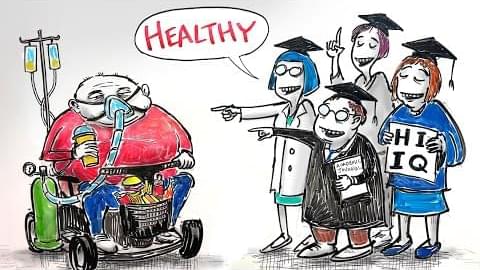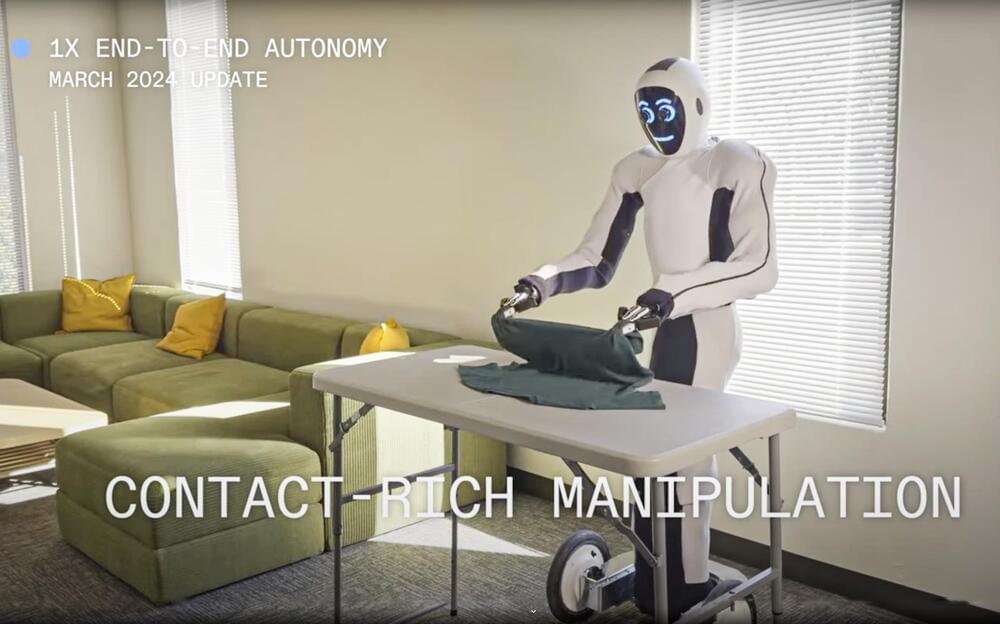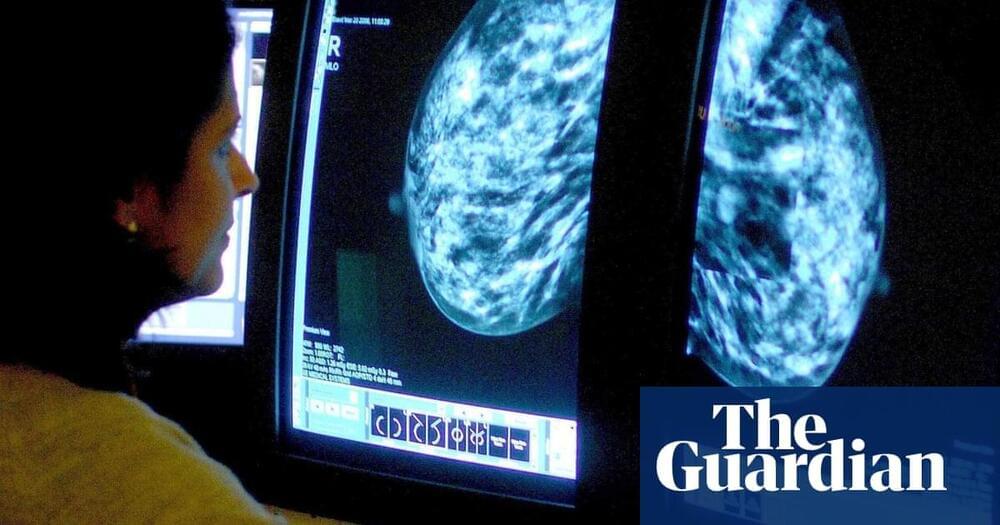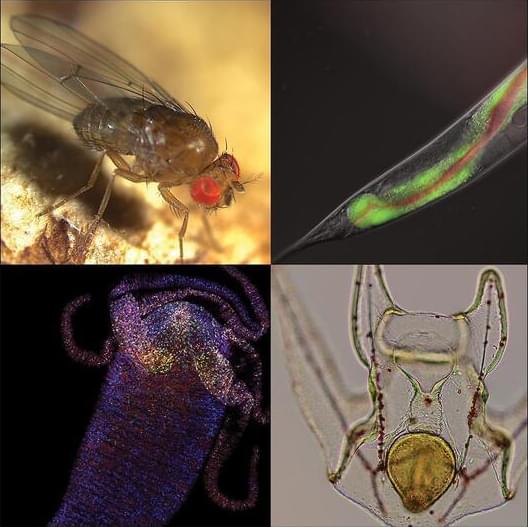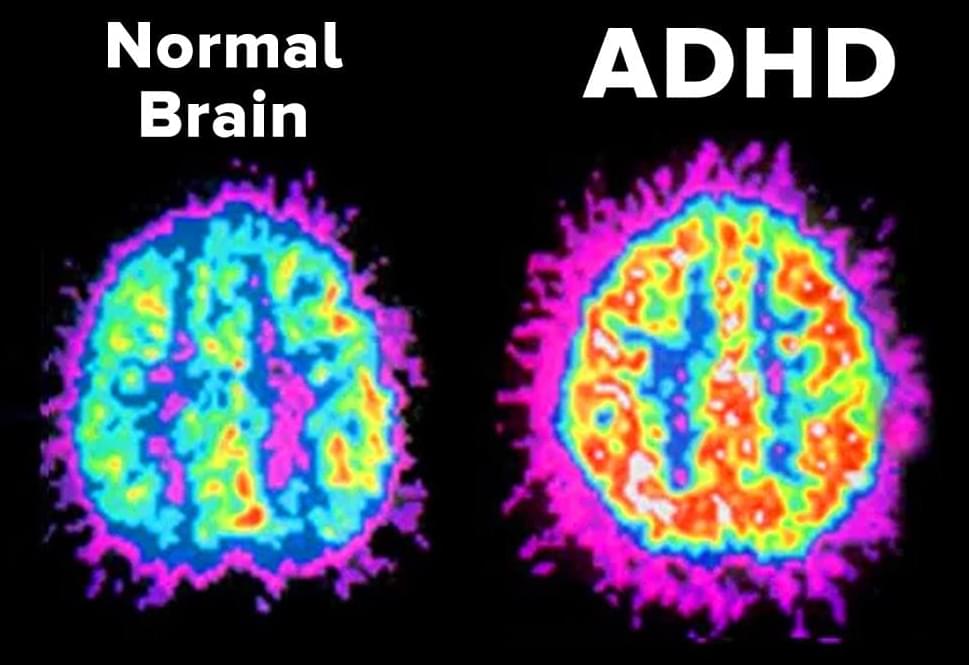
Delve into insights from a captivating retrospective study on Surgical Management and Predictors of Postoperative Complications of Retrosternal Goiters!
Tap the link to know more 🔗
Background: The preferred standard treatment for retrosternal goiter (RSG), a slow-growing, often benign tumor, remains thyroidectomy. An alternative strategy may be required when the goiter is intrathoracic. Data on the results of RSG procedures are rarely reported. Careful patient selection and assessment are critical to avoiding an unexpected sternotomy during surgery and postoperative complications. This study aims to examine the clinical findings and treatment outcomes of RSG and to identify the variables affecting postoperative complications in a resource-limited setting.
Method: A retrospective study was conducted at Al-Thawra Modern General Hospital in Sana’a, Yemen, on 69 patients diagnosed with RSG and undergoing thyroidectomy between April 2019 and February 2023.

